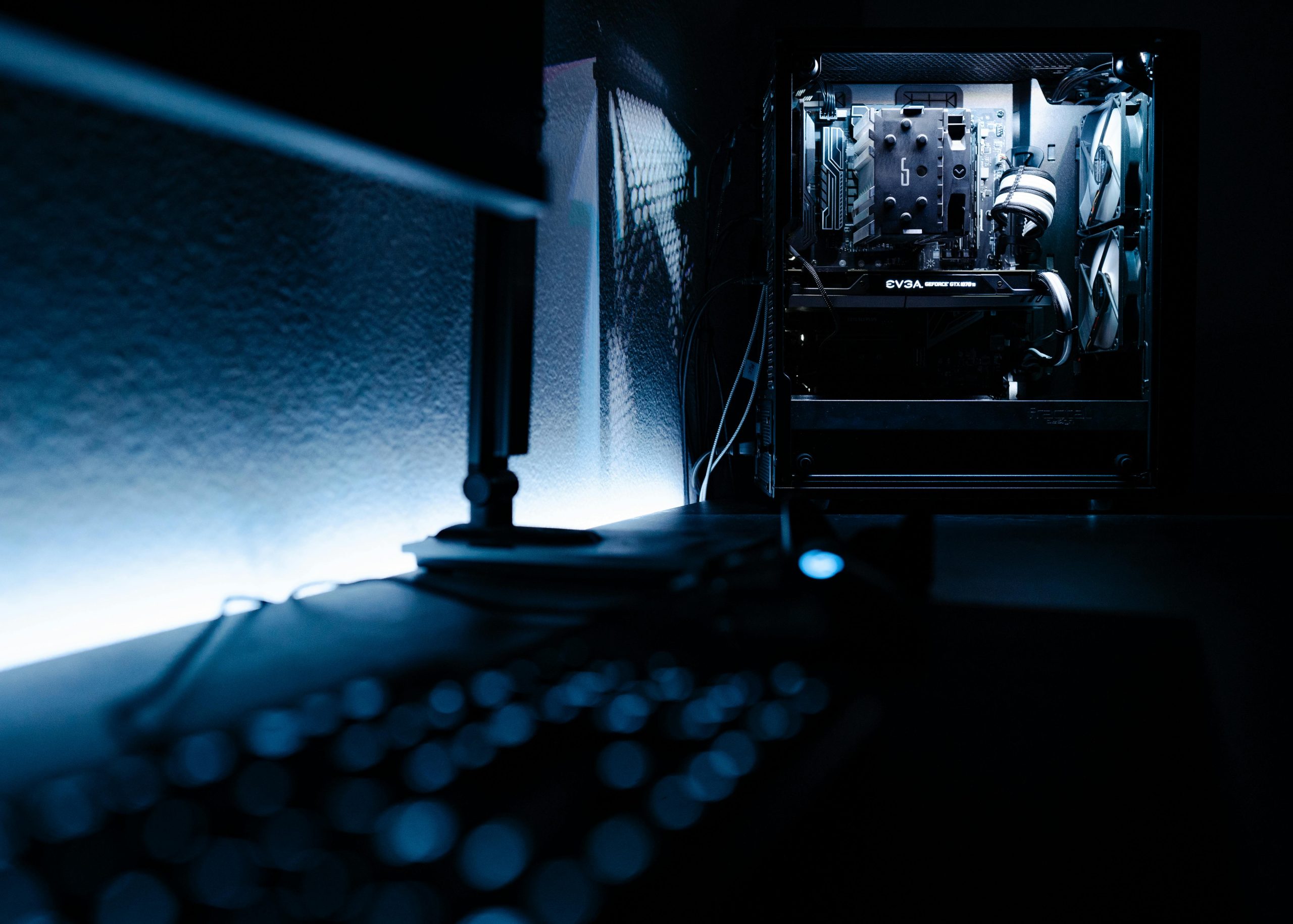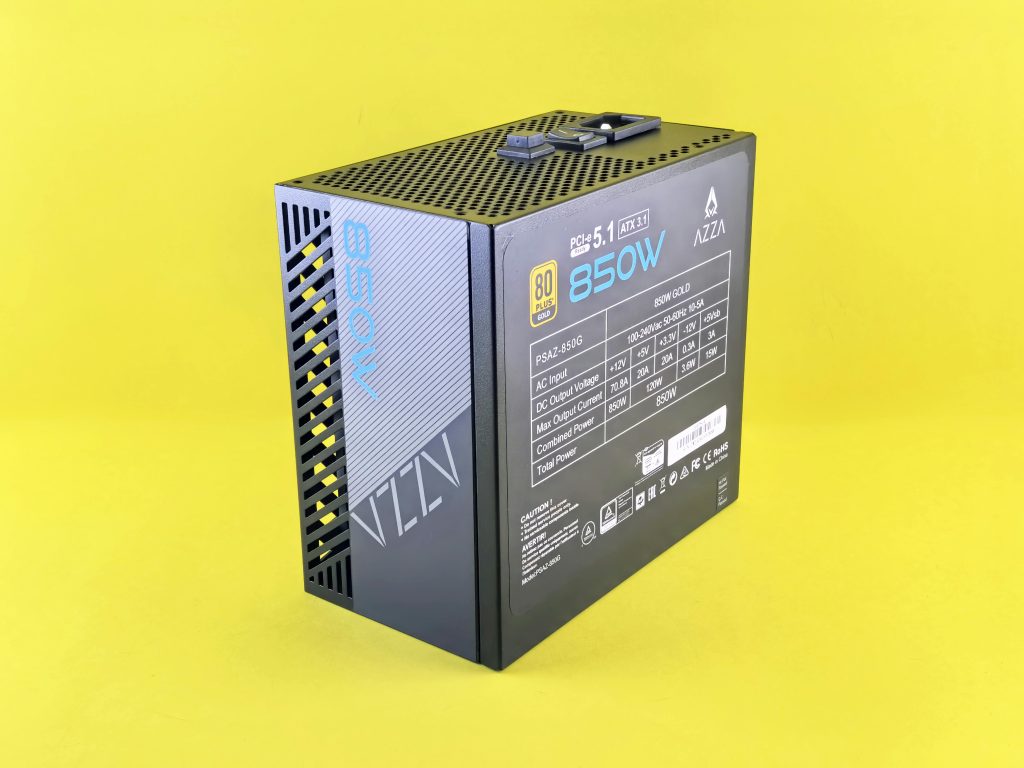Understanding Persistent Game Stuttering on High-End and Mid-Range PCs: A Deep Dive
Introduction
Experiencing smooth, lag-free gameplay is a core expectation for PC gamers. However, for some users—even those with powerful hardware—the experience can be marred by persistent stuttering that seemingly defies logic and resolution. This article explores the complex case of such recurring stutters, sharing insights from a real user’s extensive troubleshooting journey, and providing guidance for others encountering similar issues.
Background
Approximately five years ago, a dedicated PC gamer assembled a mid-range system. Though functional, the user noticed early on that game performance lacked the anticipated smoothness. Preferring consoles such as PS4 and PS5, they kept their expectations modest but eventually sought to shift fully to PC gaming, eager to enjoy the platform’s strengths. Over time, multiple titles became appealing, but an enduring problem persisted: a specific, consistent type of stutter that affected all games regardless of settings.
The Problem
The user identified a distinctive stuttering pattern characterized by brief, sharp spikes in frametime graphs—a sudden, downward spike indicating a momentary drop in frame rendering smoothness. These spikes always appeared at regular intervals and closely correlated with drops in GPU load, suggesting a potential mismatch between rendering demand and processing capacity.
Crucially, the stutter only manifested during movement or chunk loading—such as navigating or exploring in Minecraft Bedrock or loading new areas in other titles. Standing still often resulted in smooth gameplay, further emphasizing the movement-related trigger.
Initial Troubleshooting and Attempts
Despite the user’s dedication—spending hundreds of hours, applying an exhaustive list of troubleshooting steps—they achieved little success. The efforts spanned multiple domains:
Hardware and BIOS:
- BIOS tweaks, including resetting settings and disabling/enabling E-cores.
- Memory overclocking to DDR5-5600 and verification with CPU-Z.
- Enabling PCIe Gen4/Gen5 modes and testing different slots.
Operating System and Drivers:
- Fresh Windows installs (both Windows 10 and 11).
- Complete updates and driver reinstalls for GPU, chipset, and system drivers.
- Disabling and enabling Windows features such as HAGS, fullscreen optimizations, and content indexing.
- Disabling overlays from GeForce, Steam, Discord, MSI Center, and uninstalling third-party monitoring tools like MSI Afterburner and RTSS.
- Testing with both NVIDIA’s V-Sync and in-game V-Sync, as well as maximum performance
Share this content:



